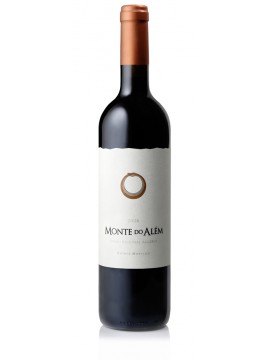 View larger
View larger
Rosé
Well structured and elegant on the palate dominated by red fruit, our rosé is a summer must have.
Depending on the years, different varieties of grapes are used in the making of our rosé : mainly cabernet sauvignon, aragonez and grenache. The annual production is 2,000 litres.
It is a tapping rosé, meaning that after half an hour in the silo, the black grape juice which flows naturally from the grapes is bled and fermented at a low temperature to preserve a maximum of its aroma. Contrary to red wine, it is this short pellicular maceration that gives a pale colour and the aroma of a rosé wine.
What to eat with our rosé?
It should be served chilled (12-13°) and accompany your summer meals (grilled fish, raw vegetables and traditional meals of the Algarve region.
Depending on the years, different varieties of grapes are used in the making of our rosé : mainly cabernet sauvignon, aragonez and grenache. The annual production is 2,000 litres.
It is a tapping rosé, meaning that after half an hour in the silo, the black grape juice which flows naturally from the grapes is bled and fermented at a low temperature to preserve a maximum of its aroma. Contrary to red wine, it is this short pellicular maceration that gives a pale colour and the aroma of a rosé wine.
What to eat with our rosé?
It should be served chilled (12-13°) and accompany your summer meals (grilled fish, raw vegetables and traditional meals of the Algarve region.









